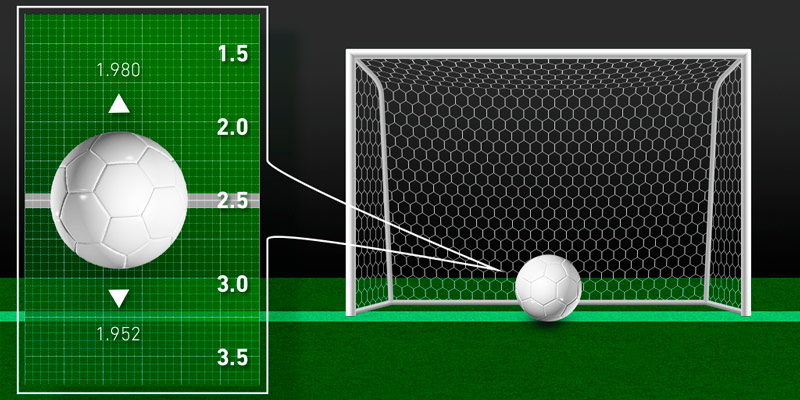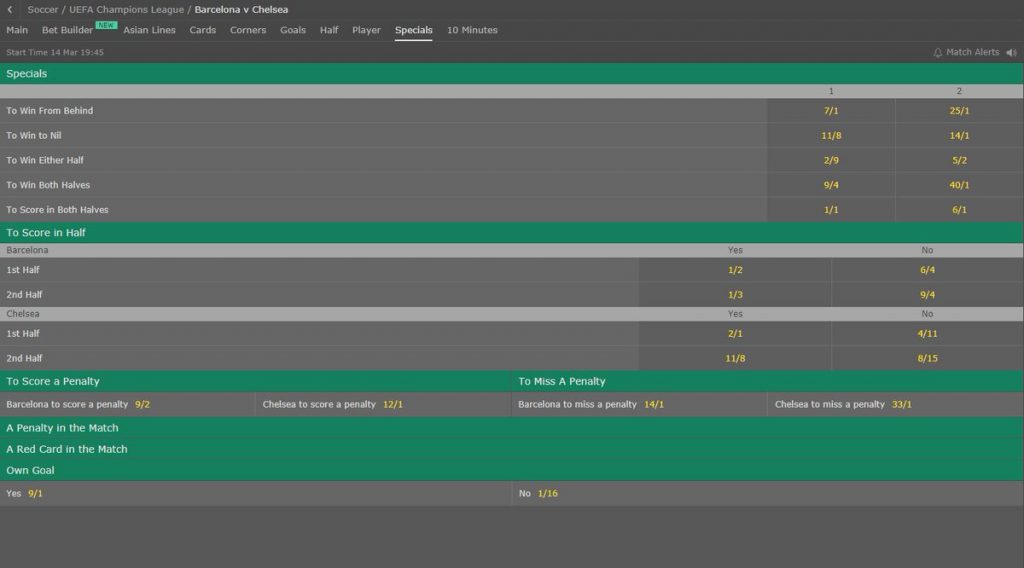Those who are new to the betting world often wonder what the symbols and numbers on an odds table mean. While many punters and fans in general are used to seeing a point spread table, they do not necessarily know what it means.
Also referred to as the “point spread advantage”, the point spread is nothing more than a way that bookmakers have found to keep the two sides of a bet even, in order to receive contributions for both teams. To do this, they set a number that will serve as an advantage to the underdog team and disadvantage to the favourite.
Therefore, when you enter a bookmaker, such as Bodog or rivalo, to check the odds of the week’s NFL games, the table will look something like this:
- Dallas Cowboys -4.5 (1.91).
- Washington Redskins +4.5 (1.91).
Let’s explain further below.
How does the point spread work?
The favorite team is associated with the minus sign (-), so in this matchup the Cowboys are favored by 4.5 points. Consequently, the underdog is shown with the plus sign (+), which means the Redskins are underdogs by 4.5 points. The number 1.91 will be explained further below.
Based on the 4.5 point advantage, you should bet on the Cowboys only if you believe they can win by 5 points or more. In other words, if the Cowboys win by 20-14, they not only win by 6 points, but also cover the -4.5 spread. On the other hand, if they win by 20-17, then they will have won by only 3 points and NOT cover the 4.5 spread. In that case, the bet wins for whoever invested in the Redskins, as the team started the match already within the spread.
If you are still in doubt, just take the final score of the match and subtract the spread value from the favorite team’s score, or add the underdog’s advantage and compare who scored more points.
Winning against the spread

The point spread is made from a basic account. Let’s take a real-life example: say you and your ten-year-old nephew are playing basketball hoops on the court at his school. You are older, taller and stronger, and you have a better shot. This makes you the favourite in the game. Since your nephew already starts as an underdog, he gets a point advantage.
In the previous example, where Dallas won 20-14, we have the following account:
- 20 – 4,5 = 15,5
The score 15.5 is still higher than the 14 points scored by the Redskins. This means that the Cowboys won against the spread (ATS: “Against The Spread”)
In the example where the result was 20-17, the bill looks like this:
- 20 – 4,5 = 15,5
The score 15.5 is less than the 17 points scored by the Redskins, which means the Cowboys lost against the spread (ATS).
When doing the math to find out whether you won the bet or not, you can either subtract the points from the favourite (as we did above), or add the advantage to the underdog’s points. Here’s how it would look:
- Dallas 20, Washington 14 + 4.5 = 18.5 (Washington loses the game, and also loses ATS).
- Dallas 20, Washington 17 + 4.5 = 21.5 (Washington loses game, but wins ATS).
Okay, but what does the 1.91 mean?
Those are the odds. They determine how much you will win if you get the result right. You just multiply your bet amount by that number. Here’s how it works
- Bet 1$ to get 1.91$.
- Bet $10 to get $19.10.
- Bet $100 to get $191.
- And so on.
The money you initially bet is included in your winnings. In other words, if you play for R$1, you will get back the amount you bet plus 91 cents, totaling R$1.91. In other words, you make a 91% profit.
This example is expressed in “fractional odds” which is the recommended format for bettors. To find out the other odds formats, please visit: Beginner’s Guide: The Basics of Sports Betting.
Which is the best online bookmaker?

However, it is important to keep an eye on the odds offered, as they can vary from one site to another. In addition, we always recommend that you look for the most reputable and trustworthy bookmakers on the internet. We have prepared a list of the best bookmakers for here.
